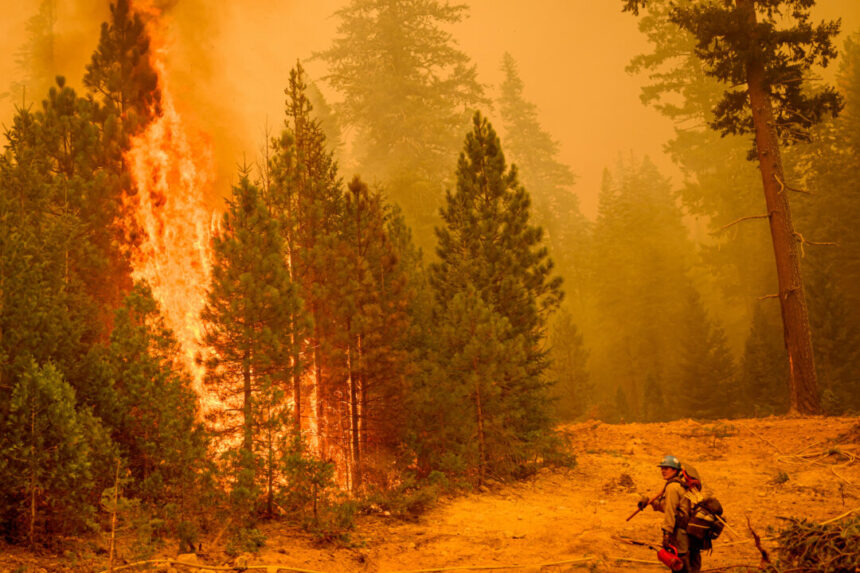It is truly inspiring to see the transition towards implementing practical and cost-effective measures to gradually enhance our defenses against devastating natural calamities. The shift from focusing solely on addressing the root cause of climate change to also tackling its symptoms is evident in the current influx of government and private investments into flood control, heat management, and infrastructure reinforcement to withstand extreme weather conditions triggered by climate change.
This positive development signifies a victory for rationality and common sense. While it is acknowledged that severe weather events can pose significant threats, the disagreement lies in the best approach to combat these challenges. The conventional strategy of striving to minimize the frequency and severity of destructive weather patterns by stabilizing the Earth’s climate through drastic changes in energy consumption and lifestyles is viewed as idealistic and absolutist.
In contrast, proponents of a realistic approach, including myself, recognize the necessity of protecting ourselves against violent weather events while focusing on developing technological and physical tools to survive and endure such occurrences. This pragmatic approach emphasizes building resilient structures, enhancing forest management, and improving drainage systems, which have proven effectiveness and are far more cost-efficient compared to the exorbitant expenses associated with attempting to overhaul human society.
The drawbacks of the idealistic approach, such as astronomical costs and uncertain outcomes, underscore the importance of prioritizing practical solutions that are both effective and affordable. By shifting the emphasis from attempting to control the climate to incrementally strengthening our defenses against natural disasters, we are moving towards a more sustainable and realistic strategy to mitigate the impact of destructive weather events.
The lesson of the Kuznets curve serves as a reminder that as societies become wealthier, they are better equipped to address environmental challenges and invest in protective measures against adverse weather conditions. Therefore, the transition towards implementing practical and affordable steps to enhance our resilience to natural forces is a positive development that heralds a more sustainable and effective approach to weather and climate protection. Please rewrite this sentence for me.
Source link





